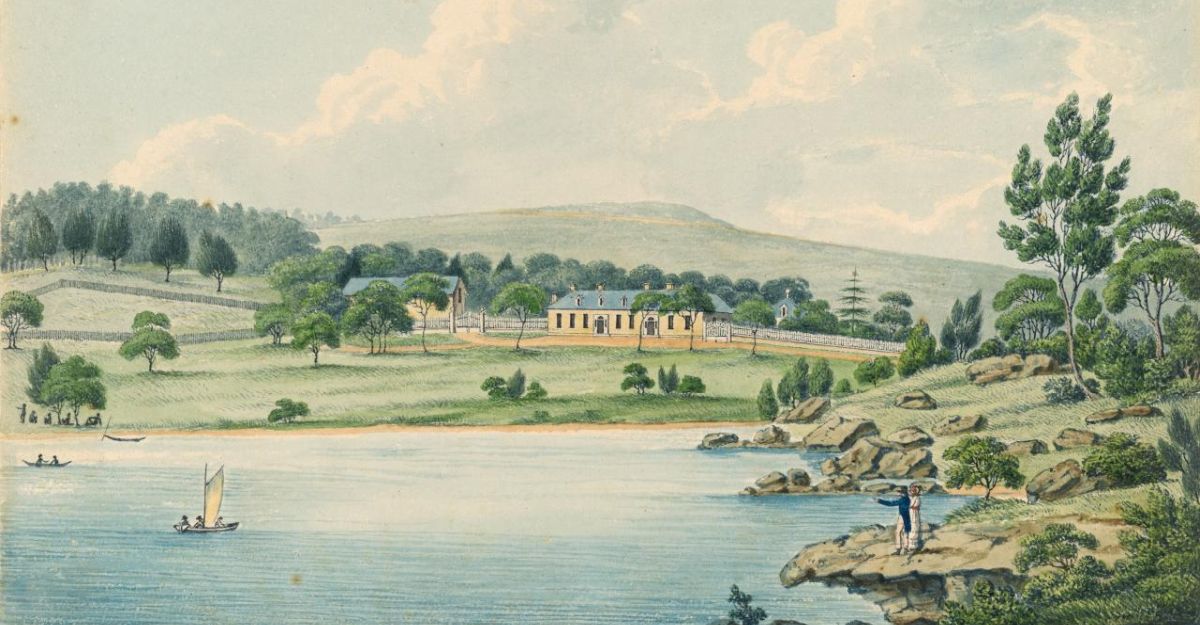This open letter is a public protest against the conditions which students and staff at Victoria University have had to endure. I hope it speaks for many who have had their educational experience and their livelihoods as educators devalued due to one of the most potentially negative structural reforms in recent memory.
The conditions which administrators have unnecessarily established deserve to be spoken against and protested. Brilliant lecturers, tutors and professors which have dedicated themselves to academic life, to educating and enriching the lives of their students, have been forced to work in conditions that are intolerable, or else forced out from the university. After talking with both students and educators who have struggled due to the introduction of the new system, it has become obvious that we need to explain our issues with the block model to those outside of the university, and make people aware of the potential consequences surrounding its wider execution.
The block model was introduced during my first year of study. Conceptually, it promised to be a radical innovation: instead of teaching four units concurrently, which might confuse or alienate new or struggling students and cause them to fall behind, the model dictates that each unit be taught individually and in concentrated form, over four weeks instead of twelve. Blocks have three full days of classes a week. Semesters are extended to sixteen weeks, so that there are four blocks taught concurrently.
Much-extolled statistics on the VU website say that pass rates are up to eighty per cent, and ‘over forty per cent of students received distinctions and high distinctions, without a change to the assessments given.’ (Though this is not entirely true, as many assessments have been changed to fit into the block model.)
At first, the model was only meant to be implemented to the first year, as a way to ease the transition that recent high schooler graduates and workers unfamiliar with university schedules. But once that year ended, it was immediately decided it would follow on to the second-year subjects. Now, as I near the end of my course, not only has the block model been extended to all subjects in the undergraduate programs (regardless of subject, major or discipline), but that this will extend all the way up to units taught at postgraduate level as well. All of this without any wider discussion with staff and students.
While VU has stated that its version of the block model was originally run at Quest University in British Columbia, however some have remarked that it resembles ones first introduced in US institutions such as Cornell College and Colorado College since the early 2000s. In these forms, it is far from a recent innovation painted by VU, with early examples being seen as early as the 1970s. There is some evidence that the block model has increased higher grade averages for international students, a vital revenue stream for the university and other higher education institutions. Vice Chancellor Peter Dawkins has also stated, in uncomfortably classist language, that the block model was introduced over the traditional approach because the latter is ‘ill-suited’ to people living in the Melbourne’s western suburbs. A truthful answer to how and why it was brought to VU might never be adequately articulated.
At any rate, there doesn’t appear to be a reliable answer are questions regarding information retention in the block model compared to interleaving study. How able are students able to reliably memorize complex pieces of information, including information essential for future learning? It has been shown in multiple studies that the short-term ‘cramming’ style of education only delivers in the short term, while longer, more spaced out classes tend to promote long-term retention.
I would contend that the advantages of the block-model have been overstated, and the disadvantages concealed. The much-lauded statistic that seventy-four per cent of one thousand students polled ‘support extending the block-model model beyond the first year of study’ that was shared in emails within the university doesn’t account for the fact the only students surveyed were taking first-year units and were unlikely to have had any other form of tertiary education experience before, therefore nothing to compare the model to.
As always, however, context is key.
The block model has been introduced during an era of increased precarity in the tertiary education sector, of which Victoria University has been far from immune. In the last half decade, courses have been slashed, and the humanities in particular have been exsanguinated. Where a decade ago there was formerly a full-time staff of one hundred, there are now only ten, with a majority of staff being employed casually. The implementation of the block-model is a terminal form of this neoliberal wave of reforms. The remaining full-time staff have been forced to change the load of teaching to research, while ancillary resources are being stripped at an equally swift rate (witness the cutting of inter-lending). Teachers are more and more being turned into facilitators, with the onus of being placed on the students. This can best be seen with how block model assessments are structured: individual assignments are minimised in favour of group work and multiple-choice quizzes, enabling tutors to mark the bulk of students. In one unit I attended – formerly a second-year subject – the maximum written work we were expected to produce was a mere 1400 words over the entire four-week period.
The block model also leads to a lack of time for reading, particularly in subjects that would usually require a great deal of it, such as Literary Studies, History and other subjects that require critical engagement with texts. With the rapid pace of course delivery, teachers are less able to properly gauge those who might have difficulty with the material, and even if students admit to their inability to keep up, there is no reasonable amount of time to give them the assistance they require. There is little time to create the long-lasting relationships between each other or with their tutors.
It is not just relationships which are pressured by these new changes, but also bodies. Due to the compression of the block model’s learning schedule, classes cannot be cancelled without drastic repercussions for students’ marks and learning outcomes, and tutors and lecturers are often forced by necessity to work through illness or injury to continue teaching.
The block model also complicates the relationship with other institutions that follow the usual sixteen-week semester structure. Ironically, this is particularly challenging for foreign exchange-students which are completing units in Australia, as well for students who are forced to work with to get by. Due to the changing casualisation of work, employers require that employees work more flexible hours and conditions than in previous years, while the compression created by the block model holds to a more rigid schedule. Students can usually expect their timetables to change completely every four weeks, throwing their work-study balance out more than a traditional semester structure would (and that most employers are at least familiar with).
So far, VU has made very little attempt to gauge the interest and overall satisfaction of the student body with the block model, beyond holding a series of sessions in June of last year and setting up some email accounts for feedback. However, whatever precise results may have been garnered from these fact-finding initiatives – and the feedback that students have had to hand in mandatorily at the end of each unit – remains a mystery. The administration has been less than transparent not only concerning the satisfaction of students, but also of lecturers and tutors. I have had discussions with several tutors (some of whom have left during since the block model was instituted) who have expressed dissatisfaction with the quality of material and with the time frames that they and students are forced to work within.
Meanwhile, the silence from the university’s NTEU office has been disappointing. It is not dramatic to say that the implementation of block model at VU could have drastic repercussions on how other universities choose to structure the delivery of education in the future. While the union has made some headway on negotiating fair hours under the block model, its lack of a statement on a policy that directly and drastically increases the precarity of educators is contrary to the values and aims that NTEU purports to uphold.
Some of the questions that must be answered by the university before the completion of the roll-out of the block model include: have learning outcomes and assessments been damaged under the introduction of the block model? Has the university provided adequate security or safeguards for educators and students in the case of illness or emergency? Has the safety and health of educators been impacted by these changes, and if so, are these even able to be mitigated or avoided under the block model? How does the implementation of block model affect post-graduate learning outcomes? Why was the implementation of the block model rolled out so hastily, and without proper debate at multiple levels of the university’s staff and student body? How many educators and researchers have left VU in favour of other universities, or else have contracts lapse or be terminated if they protested, due to the adoption of the block model?
To students, who want the opportunities to learn in a university setting they were promised; to teachers, who want to be given the time to practice their profession properly; to union members, who do not wish to see this disastrous model replicated elsewhere; to alumni who do not wish to see their own education devalued; and to community members who do not wish to have their local institutions further tarnished, I say: speak out against this. Write, call or contact the university administration. Make those in charge aware that they have not acted in your best interests, explain that the block model and the opaque manner in which it was implemented are unacceptable, and demand that the university undertake a public and transparent review.






